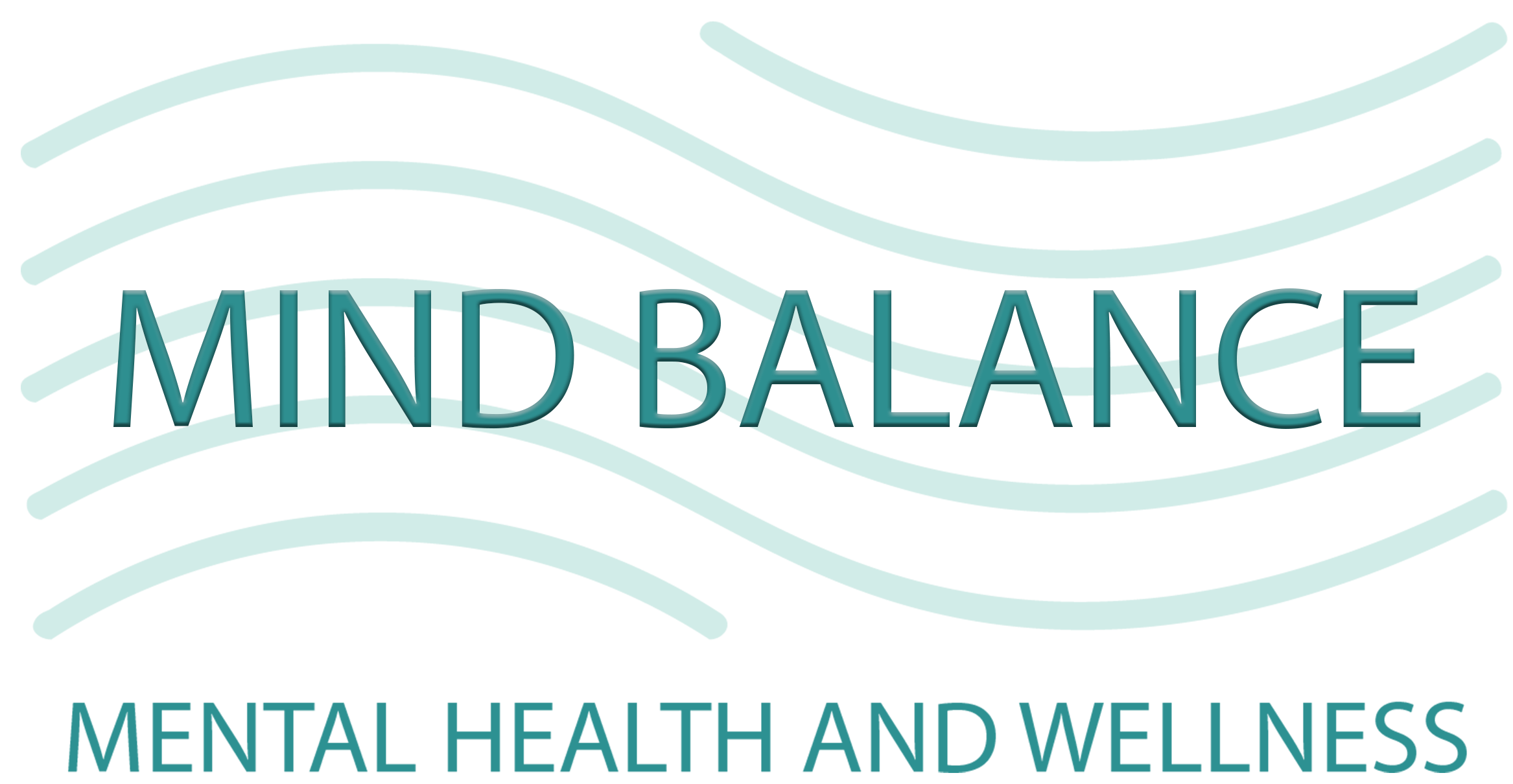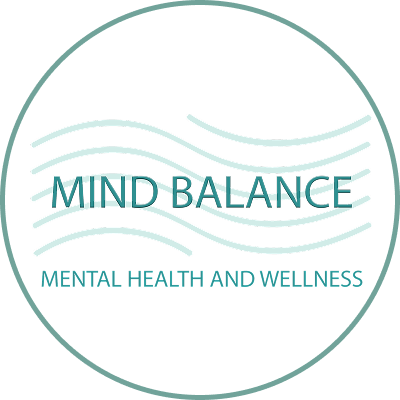Understanding Mental Health Conditions
Navigating mental health can be challenging, especially when differentiating between conditions such as grief, depression, and burnout. At Mind Balance Health and Wellness, we emphasize clarity in understanding these experiences to provide the highest quality care.
Differentiating Grief and Depression
Grief is a natural response to loss, whereas depression is classified as an illness. Individuals experiencing grief may exhibit symptoms similar to those of depression; however, these symptoms typically improve over time. In contrast, symptoms of depression can persist and may include feeling hopeless, experiencing suicidal thoughts, or having elements of psychosis, which are rare in grief situations (NHS).
| Symptoms | Grief | Depression |
|---|---|---|
| Suicidal Thoughts | Rare | Common |
| Feeling Hopeless | Rare | Common |
| Length of Symptoms | Improves over time | Persistent |
| Symptoms of Psychosis | Rare | Possible |
Distinguishing Burnout from Depression
Burnout and depression present unique challenges, with symptoms and triggers that differ significantly. Burnout symptoms are often confined to the workplace, stemming from prolonged stressors and dissatisfaction in a work environment. In contrast, depression permeates all aspects of life, regardless of context (Medical News Today).
Burnout is characterized primarily by three symptoms: emotional exhaustion, cynicism, and a decline in work performance. In contrast, a formal diagnosis of depression requires at least five specific symptoms to be present for a minimum of two weeks, which must lead to a noticeable change in functioning.
| Symptoms | Burnout | Depression |
|---|---|---|
| Emotional Exhaustion | Common | Possible |
| Cynicism | Common | Rare |
| Work Performance Decline | Common | Not necessarily |
| Diagnosis Requirement | None | At least 5 symptoms for 2 weeks |
Understanding these distinctions aids in recognizing when professional help is needed. At Mind Balance Health and Wellness, we are dedicated to addressing these symptoms effectively and compassionately. For a deeper exploration of mental health conditions, we invite you to read about related topics like understanding the signs of high-functioning anxiety or identifying PTSD in adults after childhood trauma.
Exploring Depression
Understanding the nuances of depression is critical, especially when discerning it from other conditions such as burnout. In this section, we will discuss the symptoms and diagnosis of depression, available treatment options, and the overall impact depression can have on life.
Symptoms and Diagnosis of Depression
Depression is a mood disorder characterized by persistent feelings of sadness that can lead to various emotional and physical issues. It can significantly affect how an individual feels, thinks, and behaves. Common emotional symptoms include:
- Persistent sadness or low mood
- Irritability
- Apathy or loss of interest in previously enjoyed activities
Physical symptoms often manifest as:
- Fatigue or decreased energy
- Disrupted sleep patterns (insomnia or oversleeping)
Behavioral symptoms can include:
- Withdrawal from social activities
- Neglecting responsibilities (Mayo Clinic)
Healthcare providers utilize a combination of physical exams, lab tests, and mental health evaluations to diagnose depression. This thorough approach helps identify the best course of treatment tailored to individual needs. Recognizing these symptoms early and seeking help is crucial, as depression is a common yet serious and treatable condition affecting individuals of all backgrounds.
Treatment Options for Depression
Effective treatment for depression is available and may include a combination of lifestyle adjustments, medication, and psychotherapy. Some of the main treatment options include:
Lifestyle Changes
- Improving sleep habits
- Addressing underlying health conditions
Medications
- Antidepressants that aim to balance brain chemistry
Psychotherapy
- Talk therapy, such as cognitive behavioral therapy (CBT) or interpersonal therapy, is often recommended to address symptoms and coping strategies.
In severe cases, hospitalization may be necessary, particularly if a person is at risk of harming themselves or is unable to care for themselves adequately. Psychiatric support in a hospital setting can provide immediate safety and resources (Mayo Clinic).
The Impact of Depression on Life
Depression can profoundly affect multiple aspects of an individual’s life, including relationships, work, and overall well-being. The emotional toll often leads to difficulty concentrating, affecting productivity and performance at work or school. Additionally, individuals may struggle with personal relationships due to withdrawal and declining social interactions.
The physical manifestations of depression, such as fatigue and sleep disturbances, can diminish one’s overall quality of life. Individuals dealing with depression may find it challenging to engage in everyday activities, leading to a cycle of isolation and further exacerbating feelings of hopelessness.
To fully understand the intricacies of managing mental health conditions such as depression, we encourage individuals to learn about related topics like understanding the signs of high-functioning anxiety and what to expect from OCD treatment at a mental health clinic. These resources can provide valuable insights when navigating mental health challenges.
Unpacking Burnout
To effectively understand our mental health, we must explore the concept of burnout. This condition is distinct but often confused with depression. Here, we will delve into the characteristics of burnout, its different types, and its relationship with depression.
Characteristics of Burnout
Burnout is primarily a job-related condition characterized by three key features: exhaustion, cynicism, and feelings of incompetence. These symptoms can create a sense of detachment not only from work but from personal life as well. Understanding the signs of burnout is crucial, as they often overlap with other mental health conditions, which can complicate our self-assessment.
| Characteristic | Description |
|---|---|
| Exhaustion | Physical and emotional depletion, leading to fatigue that is often chronic. |
| Cynicism | A negative, detached attitude towards work and colleagues, often encompassing feelings of disillusionment. |
| Feelings of Incompetence | A perception of inefficacy in one’s job performance, which can lead to self-doubt. |
The distinctive signs help us recognize burnout early and seek appropriate help. As highlighted by WebMD, it’s vital to distinguish this from broader issues, like depression, for effective management.
Different Types of Burnout
Burnout can manifest in various forms, depending on the individual’s environment and personal circumstances. Some common types include:
- Work-related Burnout: Triggered by excessive workload, long hours, and lack of support.
- Caregiver Burnout: Often affects those who care for loved ones or patients without adequate relief.
- Digital Burnout: Stemming from constant digital engagement with work, leading to increased stress and anxiety.
Recognizing the specific type of burnout we may experience can guide us toward appropriate coping strategies and interventions tailored to our circumstances.
Relationship Between Burnout and Depression
Understanding the connection between burnout and depression is essential. Studies have indicated that while burnout and depression share common features, they are distinct constructs. The correlation coefficient of ( r = 0.520 ) suggests a moderate association between the two, but they each involve different emotional experiences.
Burnout may lead to heightened emotional exhaustion and depersonalization, symptoms that are not as typical for depression. This distinction emphasizes the importance of receiving a professional diagnosis to differentiate the two conditions, especially since untreated burnout can increase the risk for depression.
It is crucial to understand our mental health landscape carefully, as effective treatment hinges on accurate diagnosis and recognizing signs of both burnout and depression. For further insights into mental health conditions, we invite you to explore resources on understanding the signs of high-functioning anxiety or learn about managing bipolar disorder.
Seeking Professional Help
Importance of Professional Diagnosis
Understanding the differences between depression and burnout is crucial for effective treatment. Depression requires a formal diagnosis since it affects how individuals think, behave, and feel, leading to various emotional and physical challenges. In contrast, burnout is recognized as an occupational phenomenon rather than a medical condition, stemming from prolonged stressors at work.
To accurately diagnose depression, healthcare providers may perform physical exams, lab tests, and mental health evaluations to determine the most appropriate treatment path. It’s essential to seek help because depression is a serious yet treatable condition that affects individuals across all demographics, including age, race, income, and education levels.
Psychotherapy for Mental Health
Psychotherapy is a foundational treatment for addressing mental health conditions, including depression and burnout. Common therapeutic approaches include Cognitive Behavioral Therapy (CBT) and interpersonal therapy. These therapies aim to help individuals develop coping strategies, identify unhealthy thought patterns, and improve their emotional well-being.
When we engage in psychotherapy, we gain a deeper understanding of our mental health issues, learn effective coping skills, and enhance our overall resilience. These sessions are vital for anyone struggling with the complex symptoms of depression and burnout, as they provide support and guidance tailored to individual needs.
If you’re experiencing anxiety alongside these conditions, consider exploring understanding the signs of high-functioning anxiety for further insights.
Hospitalization and Antidepressants
In severe cases of depression, hospitalization might be necessary, especially if individuals struggle to care for themselves or are at risk of self-harm (Mayo Clinic). Hospital facilities can provide the safety and support needed until the individual’s condition stabilizes.
For many, a combination of medication and therapy is effective in managing depression. Common medications include SSRIs (Selective Serotonin Reuptake Inhibitors) and SNRIs (Serotonin-Norepinephrine Reuptake Inhibitors). Working with our healthcare providers, we can ascertain the most suitable medication alongside psychotherapy tailored to our mental health challenges.
At Mind Balance Health and Wellness, we emphasize a comprehensive approach to mental health care, ensuring that every individual receives personalized treatment plans. If you or a loved one is struggling, don’t hesitate to reach out and explore the various options available.
Managing Burnout
Addressing burnout effectively requires recognizing its symptoms, understanding how to prevent it in the workplace, and being aware of its long-term effects.
Recognizing Burnout Symptoms
Identifying burnout symptoms is crucial for early intervention. Common signs include feeling overwhelmed, emotionally drained, and experiencing reduced productivity. Unlike stress, which results from excessive demands, burnout is characterized by a lack of emotional engagement and a sense of depletion. Below is a summary of key symptoms associated with burnout:
| Burnout Symptoms | Description |
|---|---|
| Overwhelmed | Constantly feeling unable to cope with tasks |
| Emotional Drainage | Lack of energy to engage with work or life |
| Reduced Productivity | Decreased efficiency in completing tasks |
| Physical Symptoms | Headaches, fatigue, and sleep disturbances |
| Coping Mechanisms (unhealthy) | Use of food, alcohol, or drugs |
Ignoring these symptoms may escalate the situation, potentially leading to depression. It’s essential to pay attention to how one feels and seek support if needed.
Preventing Burnout in the Workplace
Preventing burnout is essential for both individuals and organizations. Strategies to create a healthy work environment include:
- Encouraging Work-Life Balance: Promote boundaries between work and personal time.
- Offering Flexible Work Arrangements: Remote work or flexible hours can help employees manage stressors more effectively.
- Regular Check-ins: Managers should have open dialogues to assess employee well-being.
- Providing Resources: Access to mental health resources and support can mitigate burnout risks.
Implementing these strategies will not only help in reducing burnout rates but also in fostering a more productive workplace environment.
Long-term Effects of Burnout
Understanding the long-term effects of burnout helps us appreciate its seriousness. Prolonged burnout can lead to detrimental health issues, including:
- Mental Health Disorders: Increased risk of anxiety and depression.
- Physical Health Issues: Conditions like obesity, type 2 diabetes, or cardiovascular problems.
- Absenteeism and Presenteeism: Frequent sick days and reduced work efficiency create a cycle of poor health and lower productivity (WebMD).
Organizations and individuals must recognize these potential consequences and take proactive steps to manage burnout effectively. For those seeking guidance, Mind Balance Health and Wellness provides tailored strategies and support for mental health challenges.
Research Analysis
Understanding the research surrounding burnout and depression is crucial for determining effective mental health care. We will explore the correlation between these two mental health conditions, the variances based on occupational fields, and the differences in study methodology.
Correlation Between Burnout and Depression
There is a significant association between burnout and depression, supported by research indicating a correlation coefficient of r = 0.520. This suggests these two conditions share common features, yet they remain distinct constructs. We can summarize the findings in the table below.
| Relationship | Correlation Coefficient |
|---|---|
| Burnout and Depression | 0.520 |
This correlation implies that experiencing burnout may increase the likelihood of developing symptoms associated with depression.
Occupational Variances in Burnout Relationships
Differences in occupational settings have been observed in the relationship between burnout and depression. For instance, educational staff reported higher effect sizes in the burnout-depression relationship compared to healthcare workers and the general employed population. This trend also extends to the relationship between burnout and anxiety, wherein healthcare professionals exhibited slightly lower effect sizes compared to the general employed cohort (Frontiers in Psychology).
| Occupation Type | Burnout-Depression Effect Size |
|---|---|
| Educational Staff | Higher |
| Healthcare Workers | Lower |
| General Employed Population | Moderate |
These findings highlight the importance of considering occupational circumstances when assessing mental health.
Cross-sectional vs. Longitudinal Studies
Methodological differences between studies are also important. Research utilizing the Maslach Burnout Inventory (MBI) or adhering to higher quality standards reported lower effect sizes in both burnout-depression and burnout-anxiety relationships. This moderation analysis indicates that the tools utilized and the quality of the research significantly affect the reported outcomes (Frontiers in Psychology).
Understanding these varying factors can guide us in choosing the most reliable research for informing our mental health strategies. As we navigate these complexities, it becomes clear that our approach at Mind Balance Health and Wellness is grounded in the highest quality mental health care. We encourage individuals seeking clarity between burnout and depression to explore our services to find the right support for their needs.


